Rechargeable batteries, also known as secondary cell batteries, are essential components in emergency lighting systems. Considered consumables, they will eventually reach the end of their usable life. In a self-contained system, these batteries are expected to function for a design life of four years. However, their ability to meet this design life is influenced by various factors such as storage conditions, duration of storage, operational environment, application, and cycling patterns.
Replacing the battery becomes necessary when it can no longer meet its rated duration, ensuring ongoing system compliance. At this juncture, a decision must be made: replace just the battery or the entire emergency luminaire.
If opting to replace only the battery, it's crucial that the new one matches the specifications of the old one—same chemistry, capacity, voltage, and form factor, with identical charge/discharge characteristics. Ideally, it should come from the original luminaire manufacturer, though this isn't always feasible.
Special attention must be paid to the chemistry; for example, an expired Nickel-Cadmium (Ni-Cad) battery cannot and should not be substituted with a lithium-based one. This is because lithium-based cells, like Lithium Iron-Phosphate (LiFePO₄), require a protection circuit to prevent overcharging.
Unlike Ni-Cad, which tolerates a constant current charge, applying the same regimen to LiFePO₄ could result in poor performance, premature failure, and, more critically, a potentially hazardous thermal runaway reaction.
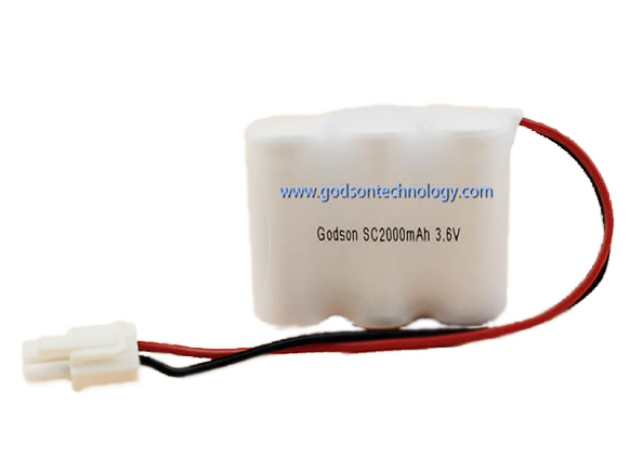
Several indicators suggest that batteries in self-contained emergency lighting systems need replacement:
1. Diminished Illumination: If emergency lights appear dimmer than usual during testing or operation, it could indicate battery deterioration.
2. Shorter Duration: Batteries nearing the end of their lifespan may provide insufficient power, leading to shorter illumination durations during power outages.
3. Visible Damage: Physical damage to batteries, such as leakage or swelling, is a clear sign that replacement is necessary.
4. Failed Testing: Routine testing of emergency lighting systems may reveal failures or inconsistencies, indicating a need for battery replacement.
When replacing batteries in self-contained emergency lighting systems, several factors must be considered to ensure proper functionality and compliance with safety regulations:
1. Battery Type and Compatibility: Different emergency lighting batteries utilize various types of batteries, such as sealed lead-acid (SLA) batteries or nickel-cadmium (Ni-Cd) batteries. It's crucial to select replacement batteries that are compatible with the specific requirements of the system.
2. Capacity and Runtime: The capacity and runtime of the replacement batteries should match or exceed the requirements of the emergency lighting system. Choosing batteries with sufficient capacity ensures extended illumination duration during power outages.
3. Installation and Wiring: Proper installation of replacement batteries is essential to maintain the integrity of the emergency lighting system. Follow manufacturer guidelines and ensure that wiring connections are secure and correctly configured to prevent malfunctions.
4. Testing and Maintenance: After battery replacement, conduct thorough testing to verify the functionality of the emergency lighting system. Regular maintenance, including periodic testing and inspections, should be performed to identify any issues early and address them promptly.
Regular maintenance and timely replacement of batteries are vital for ensuring the reliability and effectiveness of self-contained emergency lighting systems. By monitoring battery performance, recognizing signs of deterioration, and following proper replacement procedures, building owners and facility managers can uphold safety standards and protect occupants during emergencies. For assistance with battery replacement or sourcing reliable emergency lighting equipment, contact us to speak with a trusted supplier who can provide expert guidance and support.

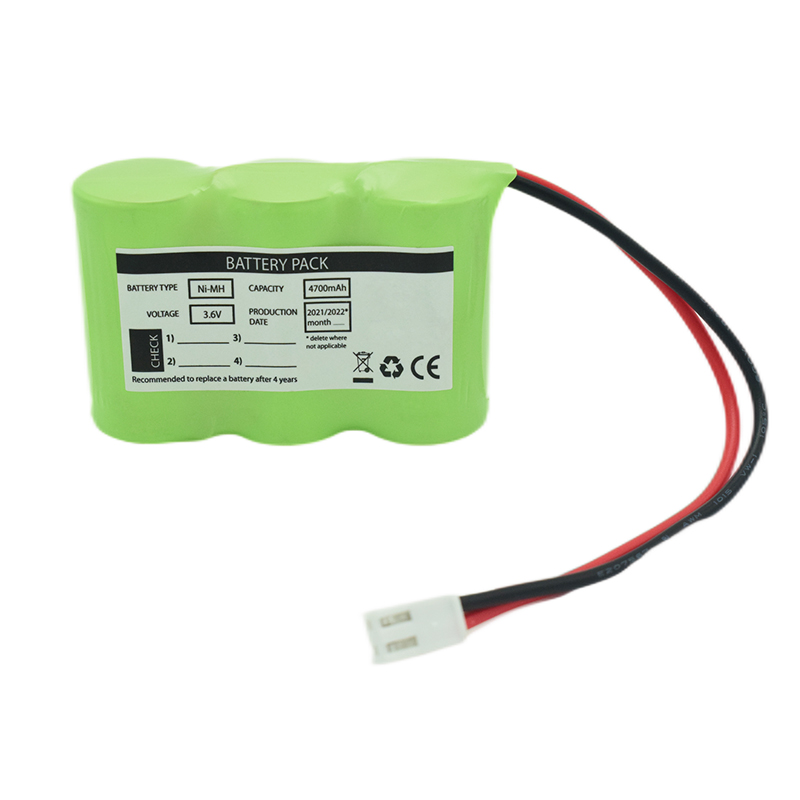 Ni-MH Battery C4700mAh 3.6V
Ni-MH Battery C4700mAh 3.6V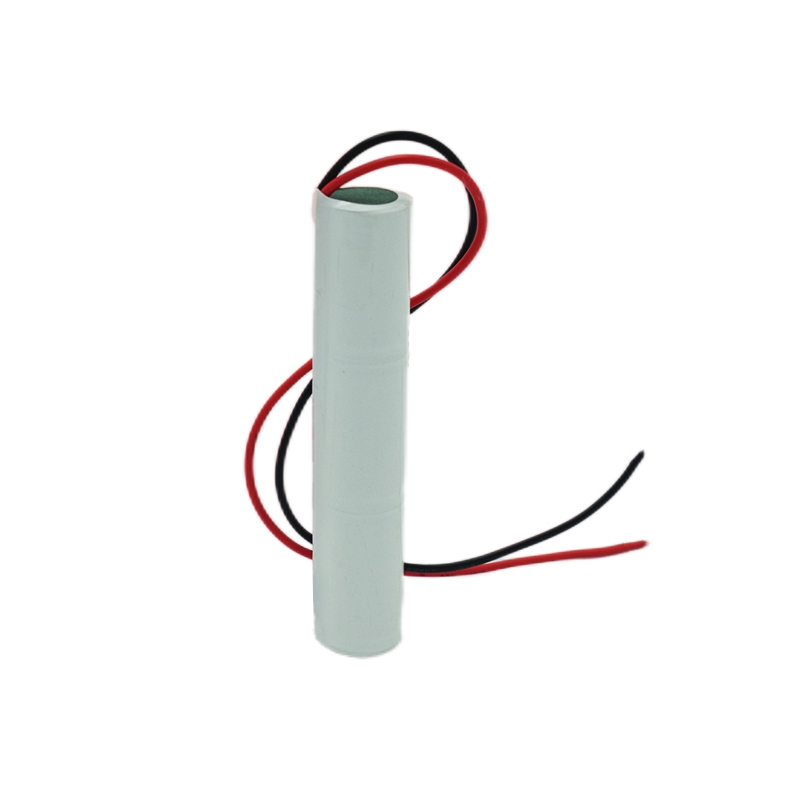 Nickel Cadmium Nicd Battery Pack SC1800mAh 3.6V
Nickel Cadmium Nicd Battery Pack SC1800mAh 3.6V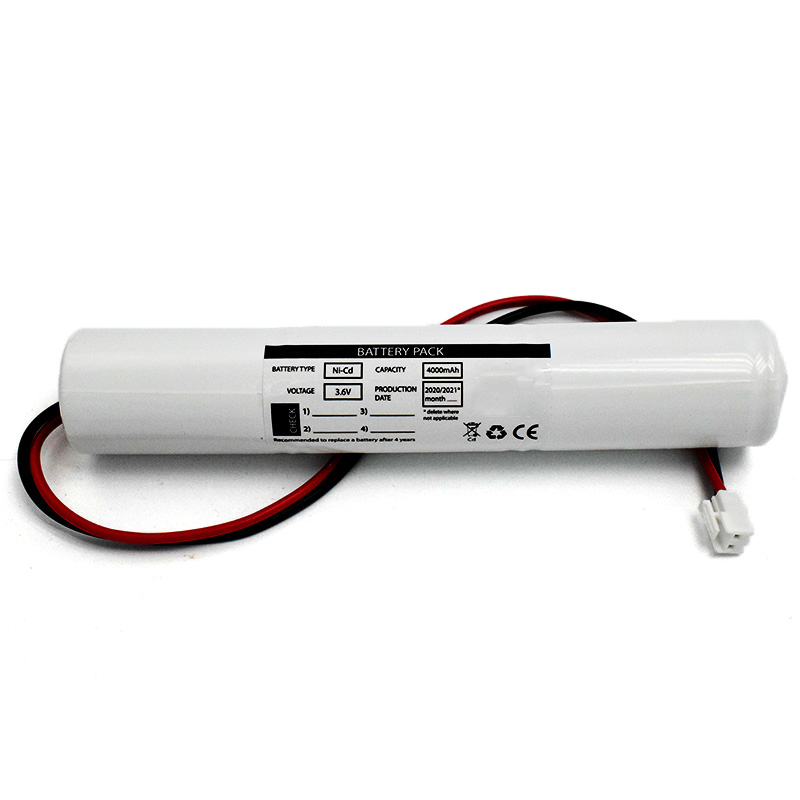 Ni-Cd Battery Pack D4000mAh 3.6V
Ni-Cd Battery Pack D4000mAh 3.6V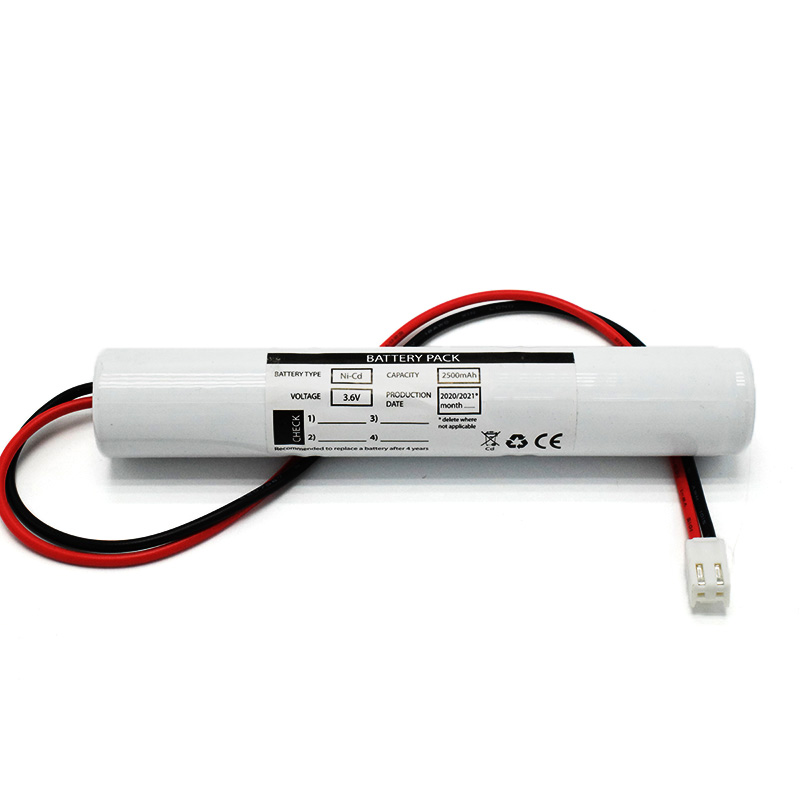 Ni-Cd Battery Pack C2500mAh 3.6V
Ni-Cd Battery Pack C2500mAh 3.6V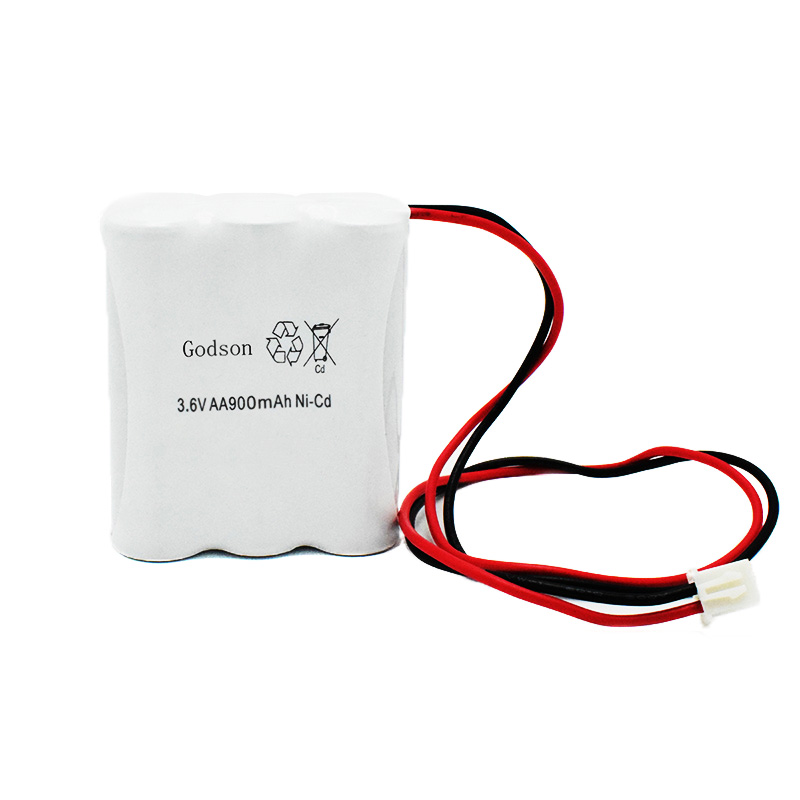 NICAD Battery Pack AA900mAh 3.6V
NICAD Battery Pack AA900mAh 3.6V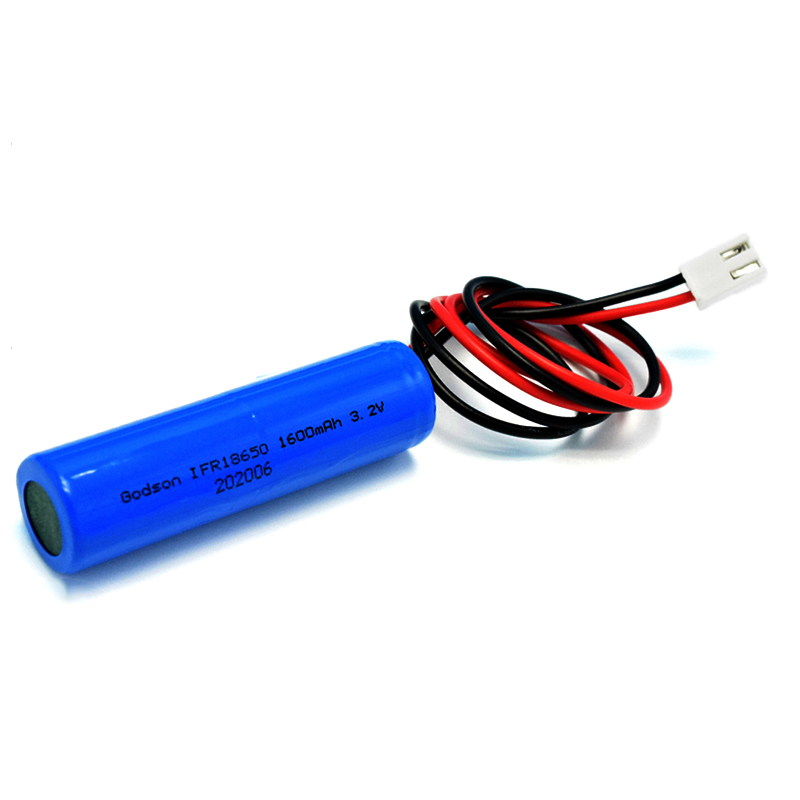 LiFePO4 IFR18650 1600mAh 3.2V
LiFePO4 IFR18650 1600mAh 3.2V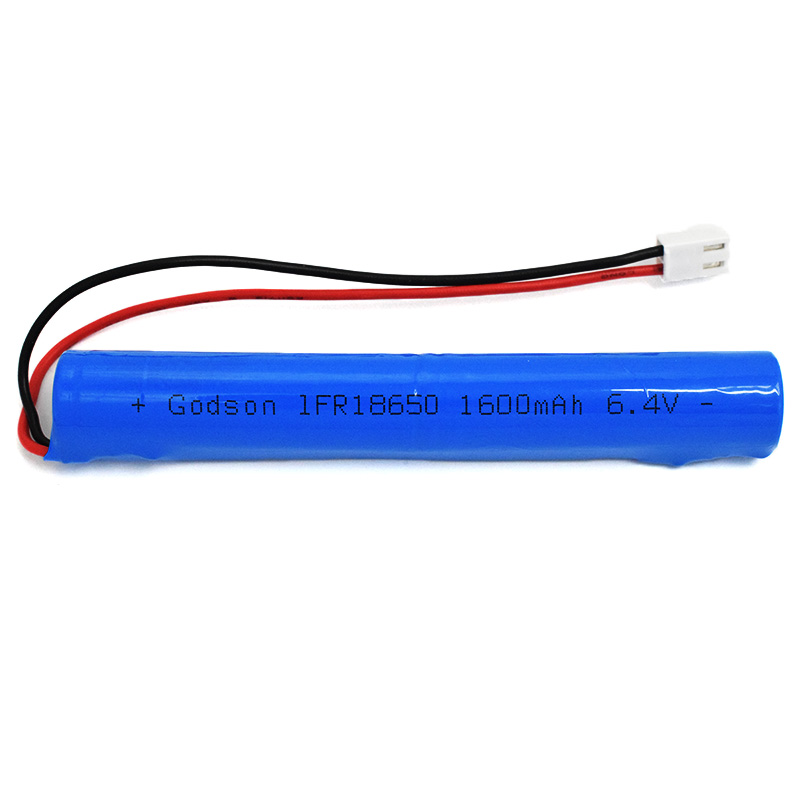 LiFePO4 IFR18650 1600mAh 6.4V
LiFePO4 IFR18650 1600mAh 6.4V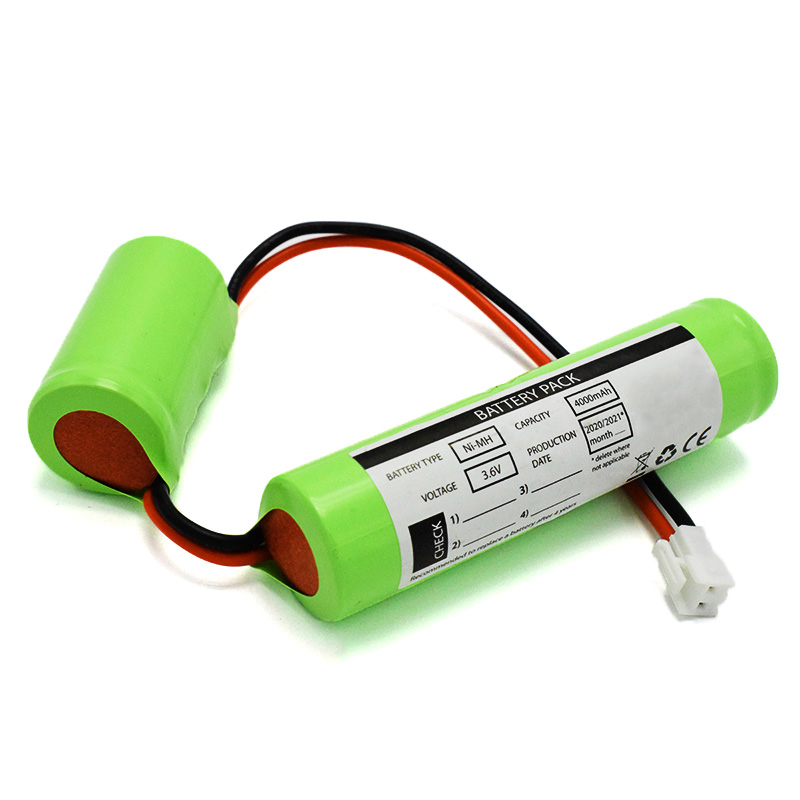 Ni-MH Battery C4000mAh 3.6V
Ni-MH Battery C4000mAh 3.6V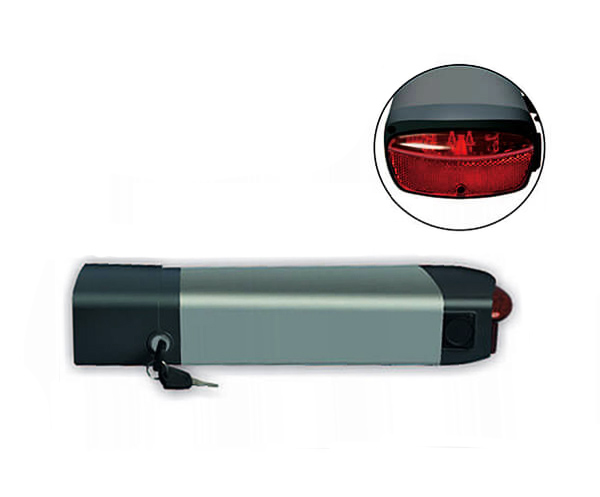 E-bike Battery 48V 10Ah JL-1
E-bike Battery 48V 10Ah JL-1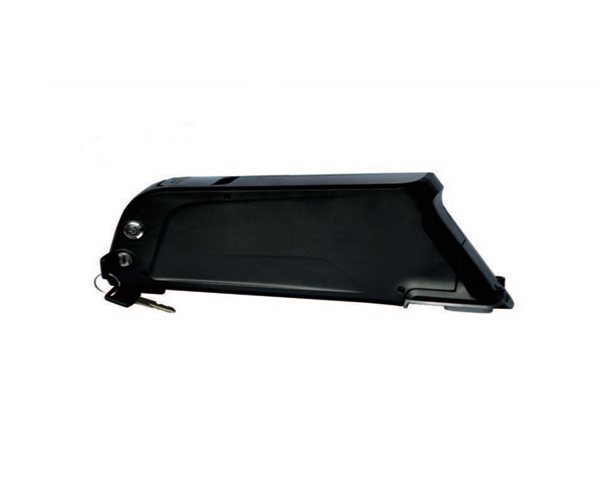 E-bike battery 48V 10Ah Qing Tian
E-bike battery 48V 10Ah Qing Tian